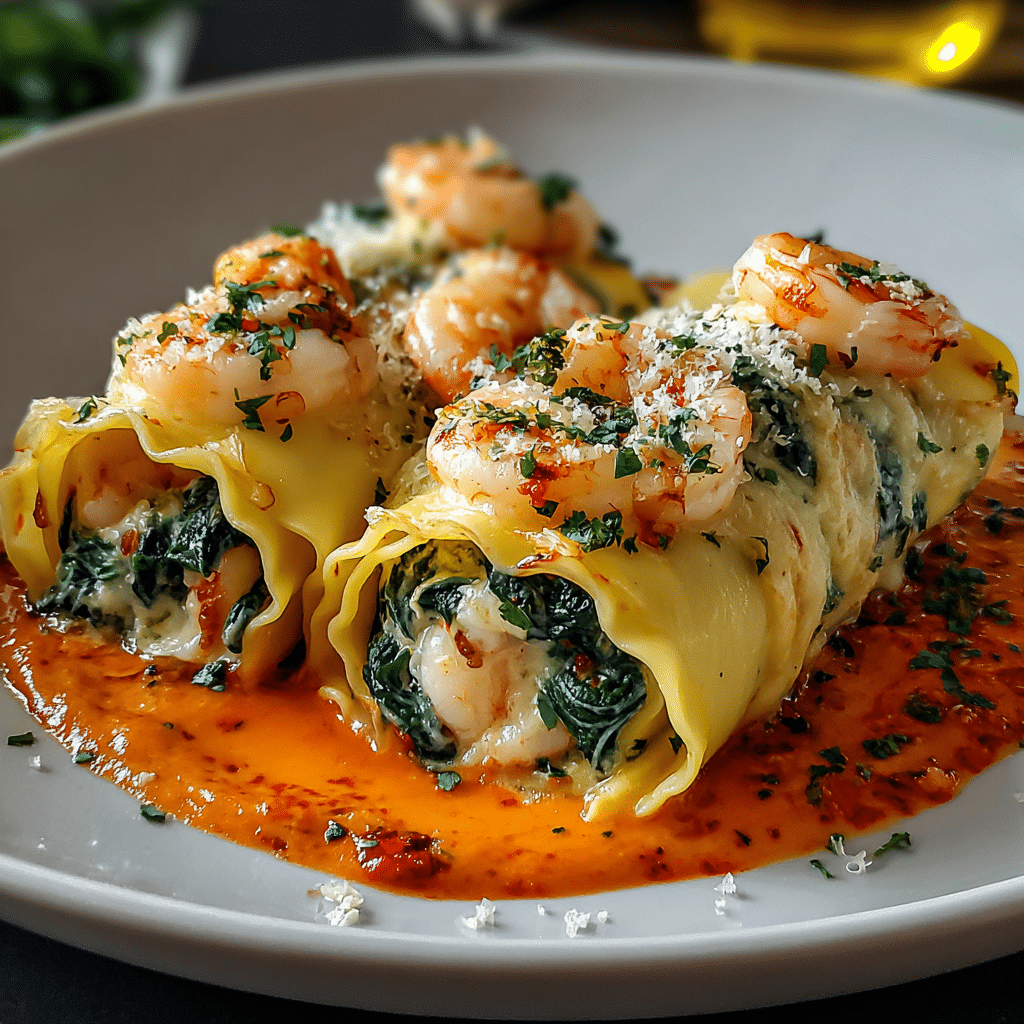This Manila‑style Crispy Pork Sisig balances crunchy bits of pork belly with creamy mayonnaise, a hint of tang, and vibrant spice—presented hot on a sizzling plate for that authentic restaurant flair and dramatic experience.
What makes it truly irresistible is the interplay of textures and layered flavors: crisp pork, mellow onions, creamy sauce, tangy soy‑vinegar, and the optional egg that binds everything together, creating a satisfying mouthful that’s equally perfect for weeknight dinners or shared celebrations with friends.
Full Recipe
Ingredients:
-
500 g pork belly or pork jowl, boiled and diced
-
1 small onion, finely chopped
-
2 cloves garlic, minced
-
2 bird’s eye chilies, chopped (adjust for spice)
-
3 tbsp mayonnaise
-
1 tbsp soy sauce
-
1 tsp vinegar (or kalamansi juice)
-
2 tbsp butter
-
Salt and pepper to taste
-
1 egg (optional)
-
1 tbsp chopped spring onion for garnish
Directions:
-
Ensure pork is tender by boiling until easily pierced. Dice into small cubes.
-
Heat butter in a skillet over medium-high heat until sizzling.
-
Sauté garlic and onions until translucent and fragrant.
-
Add chopped chilies and cooked pork. Stir‑fry until edges crisp and golden.
-
Drizzle soy sauce and vinegar (or kalamansi), stirring continuously for balanced tang.
-
Lower heat and stir in mayonnaise until coating is even and creamy.
-
Season with salt and pepper. If using, create a well in the center and crack in the egg; cook until just set.
-
Transfer to a small sizzling plate or serve on a warm skillet, scatter spring onions over top.
Prep Time: 15 minutes | Cooking Time: 20 minutes | Total Time: 35 minutes | Kcal: approx. 450 kcal | Servings: 4
The Origins and Cultural Significance of Sisig
Sisig is a beloved Filipino dish that hails from the culinary capital of the Philippines—Pampanga. Traditionally made with parts of the pig’s head and liver, sisig was historically a way to reduce food waste by transforming less desirable cuts into something flavorful and festive. Over time, it evolved and gained nationwide popularity, becoming a staple not just in households but also in Filipino-style restaurants and street food stalls.
This dish carries cultural weight and is often associated with celebrations, family gatherings, and social drinking (known locally as “inuman”). The word “sisig” itself originally referred to a method of preparing food with vinegar. However, the modern-day version of sisig as we know it—crispy pork bits with onions, chili, and creamy sauce served sizzling—is largely attributed to Aling Lucing, the “Sisig Queen” of Angeles City, who revolutionized the dish in the 1970s by grilling pig’s head and incorporating it with chopped onions and spices.
What Makes Sisig Unique
What sets sisig apart from other pork dishes is its remarkable combination of textures and flavors. You get the crunch from perfectly seared pork bits, creaminess from mayonnaise or egg (depending on the variation), brightness from calamansi or vinegar, and a fiery kick from fresh chilies. It’s the contrast between savory, spicy, tangy, and crispy that makes every bite a celebration of the senses.
Unlike other pork-based dishes that are stewed or fried uniformly, sisig stands out by featuring uneven textures—crispy edges mingling with softer pork fat and meaty chunks. The sizzling plate on which it’s traditionally served also adds an element of performance to the meal, with the dish arriving at the table still audibly crackling.
Regional and Modern Variations of Sisig
While the classic pork sisig remains the gold standard, modern variations have emerged across the Philippines and beyond. In some versions, pork cheeks and ears are used, adding a unique gelatinous texture. In others, liver is added for a richer, more robust flavor.
There’s also “healthy” or alternative takes on sisig, such as:
-
Chicken Sisig – made from chopped grilled or boiled chicken, often served as a lighter alternative.
-
Tofu Sisig – a vegetarian-friendly version using deep-fried tofu cubes, popular among plant-based eaters.
-
Bangus Sisig – a regional favorite from Pangasinan, using milkfish instead of pork.
-
Seafood Sisig – shrimp, squid, or a combination of seafood sautéed in sisig spices.
Many contemporary Filipino chefs are also experimenting with fusion sisig dishes like sisig tacos, sisig fries, and even sisig pasta, reflecting its adaptability and global appeal.
The Role of Sisig in Filipino Gatherings
Sisig is not just a dish—it’s a social catalyst. In Filipino culture, it’s almost synonymous with good times. Whether it’s served as pulutan (beer chow) during drinking sessions or as a main dish for rice-loving eaters, it brings people together. Its communal nature—served sizzling at the center of the table and scooped up with spoons, forks, or even bare hands with rice—is a reflection of the country’s warm and familial food culture.
It’s also incredibly popular in karinderyas (local eateries), night markets, and food parks, often accompanied by bottles of cold beer and stories from the day. That sense of shared experience is deeply embedded in how sisig is consumed.
Nutrition, Moderation, and Balance
Let’s be honest—sisig isn’t exactly diet food. It’s rich, fatty, salty, and often spicy. However, it’s also deeply satisfying and can certainly be enjoyed in moderation as part of a balanced diet. The addition of onions, chilies, and citrus juice not only enhances the taste but also adds freshness and aids digestion.
For those watching their health, substituting leaner cuts of pork or opting for chicken or tofu variants can help reduce the calorie count. Pairing sisig with steamed vegetables or a green salad can also bring more balance to the meal.
How to Serve Sisig for the Best Experience
If you’re serving sisig at home, presentation matters. Traditionally, it’s served on a hot cast iron sizzling plate, which keeps the dish warm and adds a bit of showmanship. Before serving, a raw egg is often cracked on top, and the residual heat cooks it tableside—adding richness and texture as it melds with the pork.
Pair it with steamed jasmine rice, a side of chopped red onions or green chilies, and a dipping sauce of vinegar with crushed garlic for extra zest. For drinks, sisig goes famously well with light beer, citrusy cocktails, or even soda, especially if you’re indulging during gatherings.
Why This Sisig Recipe Works
This version of sisig hits all the classic notes without being overly complicated. It uses accessible ingredients like pork belly, onion, garlic, chilies, soy sauce, and mayonnaise—a nod to the modern creamy sisig variation. It’s versatile enough to be cooked on a stovetop and doesn’t require exotic ingredients, making it perfect for home cooks.
The key to this recipe’s success lies in two things: texture and balance. By boiling the pork first, you ensure tenderness. Then, frying until golden crisps up the edges. The mayo and optional egg add creaminess, while vinegar or calamansi juice cuts through the fat and keeps the flavor profile bright and fresh.
Tips for Making the Perfect Sisig
-
Use pork belly or jowl for the right balance of fat and meat.
-
Fry in butter for added richness and depth.
-
Chop ingredients finely for uniform bites and better texture.
-
Use fresh chilies and adjust according to your spice tolerance.
-
Add the mayo last to keep the creaminess intact without cooking it out.
-
Serve hot—the sizzle is part of the experience.
If you’re cooking in advance, store the crispy pork separately from the creamy ingredients and combine just before serving to maintain texture.
Conclusion
Sisig is more than just a dish—it’s a symbol of Filipino ingenuity, resilience, and the joy of communal eating. What began as a humble recipe using leftover pork parts has evolved into a beloved national treasure with countless variations and global recognition. Whether served sizzling in a restaurant or pan-fried at home, it’s guaranteed to make an impression.
With its mouthwatering mix of crispy, creamy, tangy, and spicy, sisig is comfort food at its finest. This version, using pork belly, creamy mayonnaise, and tangy seasonings, captures the soul of the original while making it accessible for the home kitchen.
So, whether you’re introducing sisig to a curious friend or preparing it for a nostalgic Filipino feast, this dish will always deliver a powerful punch of flavor and a touch of heritage in every bite.








